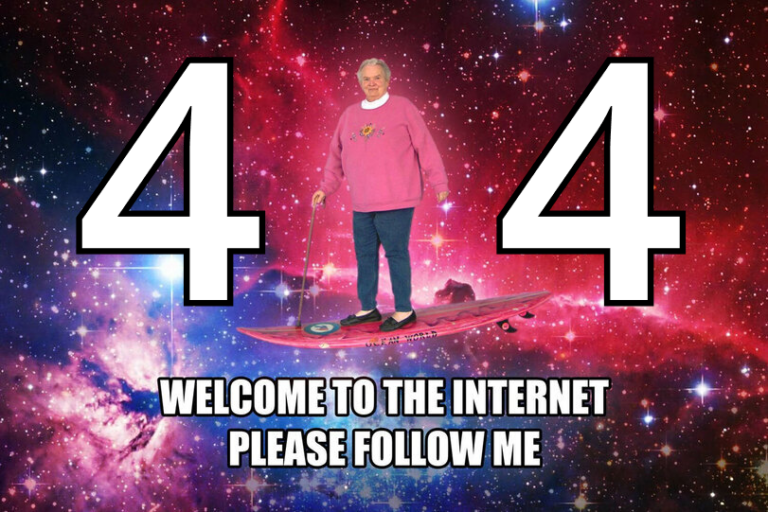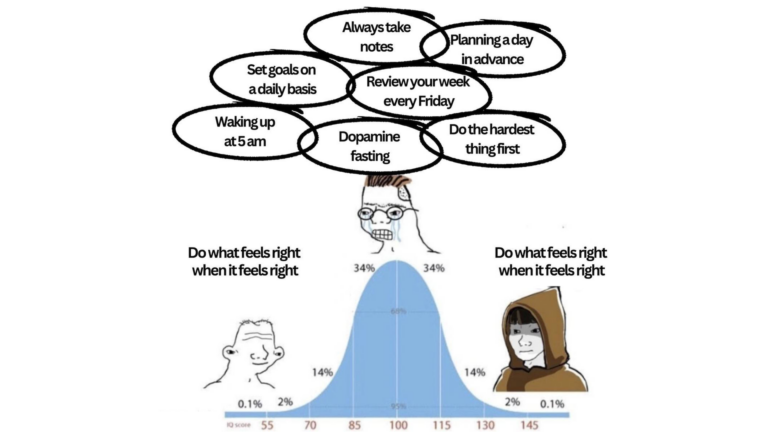Cell XVI. Coma and human consciousness
Quite extensive material on the living cell is presented in my series of articles on the living cell. The articles discuss questions about the emergence of cellular life on Earth, about the properties, functions and structure of the cell, about the reproduction of cells and organisms, about the inheritance of parental properties by living organisms over many generations, about the unity of the principles of the flora and fauna, and other questions. The central leading element in a living organism is the cell. The diversity of cells in organisms unexpectedly turned out to be very large.
A study of the mouse brain revealed about 50 different cells. The brain and central nervous system (CNS) turned out to be a very interesting organ and system. Multi-billion dollar projects are devoted to studying the brain, which was also discussed in the series. Based on their functions, the cells of the central nervous system are divided into sensory (receiving signals), associative (linking neurons into a single system) and effector (transmitting impulses to organs). Based on the nature of the effect on cells in the central nervous system, excitatory and inhibitory neurons are distinguished. A special group of secretory neurons generates and synthesizes neurohormones.
All reflexes of the body are closed through the central nervous system. The central nervous system regulates the work of individual organs and systems of the body; it coordinates and harmonizes the activities of various organs and organ systems. The central nervous system also ensures the body’s connection with the external environment, determines adequate behavior and reactions to stimuli, adapting the body to changing conditions.
All of the above is true for the state of the body and cells that are “normal”. In practice (in life) there are deviations from the “norm” and quite significant ones. There are conditions when a person falls into, for example, a coma for a long period (weeks, months, years and even decades). Altered states of consciousness occur. Establishing a diagnosis and level of consciousness becomes a big problem. An organism in a coma is alive, its vital functions are often supported mechanically by doctors and relatives, but sometimes it becomes like a plant. In such a state of man, the main question is about consciousness.
Consciousness is preserved or it is destroyed and cannot be restored. And the future fate is decided not by the person himself, but by his loved ones. Turn off life support or continue to maintain hope for recovery. In practice, there was a case of such support for 42 years, but this did not lead to a cure; the person died without regaining consciousness.
Well-known examples of non-coma, but no less severe conditions: Stephen Hawking, who was paralyzed by amyotrophic lateral sclerosis (ALS) for about 30 years, communicated with the world using a computer, or Valery Spiridonov, a programmer from Russia suffering from spinal muscular atrophy (SMA). For such patients, IT technology is a salvation.
The purpose of the publication is primarily educational, cognitive, popularization of science, as well as the desire to attract an influx of new young minds into the ranks of researchers and science, to arouse in such minds a desire to find answers to emerging questions. The scale of the topic requires the introduction of reasonable restrictions on the material presented after a brief panoramic consideration of it.
Coma (translated from ancient Greek means “deep sleep”) – this is a deep state of prolonged unconscious torpor, in which a person cannot be awakened, does not respond properly to painful stimuli, light or sound, does not have a normal sleep-wake cycle, and is unable to perform voluntary actions. The initial assessment of a comatose state usually determines level of consciousness on a scale AVPU
(wakefulness, response to vocal stimuli, painful stimuli, lack of response) by spontaneously demonstrating actions and assessing the patient's response to vocal and painful stimuli. Assessment of brain stem and cerebral cortex functions is carried out using special reflex tests, such as the oculocephalic reflex (doll eyes test), test for oculovestibular reflex (cold caloric test), corneal reflex And vomiting reflex.
Motor neurons are blocked or damaged. The patient may be put into an artificial coma in cases where it is impossible to avoid brain changes in another way in a condition that threatens death. An artificial (medicated) coma is considered as a last resort when it is necessary to save the patient’s life. Doctors administer special drugs to the patient and do this only in cases of extremely serious health danger.
The reason for introducing medicinal sleep (sedation) is cerebral edema, excessive blood loss, massive pneumonia. Deep sedation is incomparable to a real coma, since the brain does not suffer damage – it is much more easily tolerated by the body and does not lead to such severe consequences. However, putting a patient into medicated sleep is a very serious decision made as a last resort, and doctors try not to keep the patient medicated for more than a few days.
In high shape, along with the muscles, cognitive abilities often suffer. A person begins to remember information poorly, and his level of intelligence decreases significantly. Dementia develops.
All types of comatose states are subject to treatment in the intensive care unit.
Classification. To whom can be classified according to 2 aspects:
1) depending on the reason that caused it;
· traumatic (for traumatic brain injuries);
epileptic (complication status epilepticus);
· apoplectic (result of cerebral stroke);
meningeal (develops as a consequence meningitis);
· tumor (space-occupying formations of the brain and skull);
· endocrine (with decreased thyroid function, diabetes mellitus);
toxic (with renal and liver failure).
2) according to the level of depression of consciousness. Depending on the causes, coma is divided into 5 degrees:
· precom;
· coma I (in Russian medical literature called stupor);
coma II (stupor);
coma III (atonic);
coma IV (extraordinary).
Duration of coma. The patient remains in complete oblivion from several hours to several years. After 2-3 weeks from the day of admission of the patient in a coma, a chronic coma is diagnosed. There are examples of many years of unconsciousness, including those with a favorable outcome; they actually describe related, but not so severe, cases of impaired consciousness. The body often goes into them after a coma for some time or forever.
Among them are:
o Vegetative state. It differs in that the patient’s sleep-wake cycle is restored, although this is not noticeable from the outside, motor and autonomic reflexes appear.
o Apallic syndrome. In many ways similar to the vegetative state, but the patient is able to open his eyes and move his gaze. In this case, speech and emotional reactions are absent.
o Isolation syndrome or locked man. In the absence of speech and paralysis, the patient retains his mind and perception of the surrounding world. This syndrome is characterized by the ability to open the eyes.
o Akinetic mutism. The patient does not speak or move, although he is physically able to do so. The eyeballs retain mobility; patients are probably able to somehow perceive the world around them.
There have been cases when people were in such states for up to 42 years and died without ever regaining consciousness.
When diagnosing coma, the neurologist solves 2 problems simultaneously:
1) finding out the cause that led to the coma;
2) direct diagnosis of coma and its differentiation from other similar conditions.
General symptoms:
· Inability to voluntarily open eyes;
· Non-existent sleep-wake cycle;
· Lack of response to physical (painful) or verbal stimuli;
· Depressed brain stem reflexes, such as lack of pupillary response to light;
Abnormal, labored, irregular or absent breathing in coma caused by cardiac arrest;
· Points from 3 to 8 Glasgow Coma Scale (see Fig. 3)
Glasgow Coma Scale/GCS
The main way ALS is diagnosed today is electromyography. MRI, biochemical blood tests, cerebrospinal fluid studies and muscle biopsies are used as secondary tests. All this is necessary in order to exclude other diseases. Various forms of myopathy (these are disorders in which the muscles themselves are affected, and not the neurons that control them).
Treatment of coma is carried out in the following areas:
1) maintaining the patient’s vital functions and preventing brain death;
– gastric lavage if drug poisoning is suspected.
– administration of anticonvulsants in the presence of seizures,
– mandatory intravenous glucose infusion,
– connecting the patient to the device artificial ventilation (ventilator).
2) combating the main cause that caused the development of this condition:
– urgent surgery is performed (intracranial injury, brain tumor).
– then hemodialysis is prescribed (for renal failure).
– blood sugar and insulin levels are brought under control (in diabetic coma).
At the same time, the patient can communicate with the outside world. For this purpose, various auxiliary devices are used, for example, eye-trackers. These are special headsets with a camera capable of determining the direction of gaze. Using an i-tracker, a person can give commands to a computer, type text, and even control the Smart Home system.
Conclusion
What is happening to human science? Man as an object of nature is studied by many sciences and in some of the sciences impressive results have been obtained. In general, we can say that science knows very little about man. It is very difficult to comprehend human states that are called borderline from the standpoint of psychology, neurobiology, and consciousness. We see amazing things with especially sick patients who, thanks to gadgets and IT technologies, can communicate with others, which was simply excluded quite recently… But the object is so complex that even the principles of the emergence, evolution, development and functioning of conscious behavior are not completely clear .
The creation of chips that are implanted into the patient, which pick up cell signals and actually have a positive impact on the course of healing and rehabilitation of living organisms and the brain, the obvious progress of science about man and the capabilities of his mind.
Literature
1. Maiese K, Chong ZZ, Shang YC, Wang S: Targeting disease through novel pathways of apoptosis and autophagy. Expert Opin Ther Targets 16 (12):1203–1214, 2012. doi: 10.1517/14728222.2012.719499 Epub 2012 Aug 27.
2. Maiese K: Cognitive impairment and dementia: Gaining insight through circadian clock gene pathways. Biomolecules 11 (7):1002, 2021. doi: 10.3390/biom11071002.
3. Moler FW, Silverstein FS, Holubkov R, et al: Therapeutic hypothermia after in-hospital cardiac arrest in children. N Engl J Med 376 (4):318-329, 2017. doi: 10.1056/NEJMoa1610493.
4. Su TM, Lan CM, Lee TH, et al: Risk factors for the development of posttraumatic
hydrocephalus after unilateral decompressive craniectomy in patients with
traumatic brain injury. J Clin
Neurosci 63:62–67, 2019. doi: 10.1016/j.jocn.2019.02.006 Epub 2019 Mar 1.





